
Understanding the FMCSA's final rule on ELDs: An overview of electronic logging devices (ELDs)

Table of Contents
In December 2015, the Federal Motor Carrier Safety Administration (FMCSA) released the final ruling requiring the use of electronic logging devices (ELDs) for the commercial truck and bus industries. The final rule was implemented to improve road safety, strengthen fleet compliance, and protect commercial drivers. To assist fleets in complying with the new regulations, Geotab has prepared this overview of the changes in the new regulations, including an electronic logging history and a comparison of the changes in the different rulings.
This paper addresses these important questions:
- What is an ELD?
- Who does the new ELD rule impact?
- What is the timeframe for compliance?
- What should motor carriers do to comply?
- What are the benefits of ELDs?
- How can Geotab help with HOS/DVIR compliance?
What is an ELD?
ELD = Electronic Logging Device
An electronic logging device (ELD) is a device that attaches to a commercial motor vehicle (CMV) to synchronize with the engine and record Hours of Service (HOS).[1]
As defined by the Federal Motor Carrier Safety Administration, a commercial motor vehicle (CMV) is a selfpropelled or towed motor vehicle used on a highway for interstate commerce, transporting passengers or property, and meeting certain criteria for weight and design or use.[2]
The ELD facilitates considerably more accurate recording of all driver activity by providing “snapshots” of the vehicle’s location throughout the driver’s day.[1] ELDs automatically record driving time and monitor information such as location, engine hours, vehicle movement, and miles driven.
Who does the new ELD rule impact?
Essentially all CMV carriers that operate across state lines will be impacted. Any driver who maintains 8 or more days worth of duty status logs, out of 30 days, will require an ELD.
Exemptions:
- Driveaway-towaway operations are not required to use an ELD, provided the vehicle driven is part of the shipment; and
- ELDs are not required on CMVs older than model year 2000.
- Drivers who use paper RODS for not more than 8 days during any 30 day period.
Learn more about ELD exemptions.
What is the timeframe for compliance?
Motor carriers using paper logs are required to have ELDs installed and in use by December 2017. Fleets using AOBRD devices must be using certified, registered ELDs by December 2019.
ELD timeline
Phase 1: Awareness and transition phase
The Awareness and Transition Phase lasts two years from the publication of the ELD rule (February 16, 2016 to December 18, 2017).[8] Motor carriers and drivers subject to the rule can use any of the following for Records of Duty Status (RODS):[8]
- Paper logs
- Logging software
- AOBRD (Automatic On Board Recording Device)
- ELDs
Phase 2: Phased-in compliance phase
The Phased-In Compliance Phase refers to the two-year period from the Compliance Date to the Full Compliance Phase (four years following the ELD rule publication), December 18, 2017 to December 16, 2019.[8]
Motor carriers and drivers subject to the rule can use:
- AOBRDs that were installed prior to December 18, 2017.
- ELD
Phase 3: Full compliance phase
After December 16, 2019, all drivers and carriers subject to the rule must use certified, registered ELDs that comply with requirements of the ELD regulations.[8]
The FMCSA predicts that approximately 3.1 million Commercial Motor Vehicles (CMV) and 3.4 million drivers will be affected by this ruling.[4]
As a motor carrier you will have to think about:
Motor carriers who are affected should begin evaluating and selecting ELDs now so they can have them installed and all the drivers trained before the compliance deadline. The FMCSA provides an “ELD Checklist for Carriers” on their website which outlines the different actions that carriers should undertake to become compliant.[10]
Adopting ELDs can have great benefits for your fleet. ELDs will dramatically cut down on the amount of time spent on paperwork and inspections. Most importantly, using ELDs will enhance driver safety. With the automation and fleet insight provided by ELDs, motor carriers will also see improvements in overall fleet productivity and efficiency.
Benefits of ELDs
Paperwork savings: More drive time, lower paper costs
With ELDs, less time is required for processing paperwork and inspections — meaning more time for driving and taking care of business. Automatic logging minimizes the risk of errors. Less paperwork also adds up to cost savings!
Increased safety, productivity and compliance
ELDs will have a major impact on road safety. The FMCSA estimates that the ELD rule will “save 26 lives and prevent 562 injuries resulting from crashes involving large commercial motor vehicles” each year on average.[11] With an ELD solution, fleet managers can see a more complete and accurate picture of their fleet’s activities, making management easier. ELDs increase Hours of Service (HOS) compliance, which prevents driver fatigue. Access to engine fault code information, allows fleets to proactively attend to engine issues early before they turn into costly repairs or vehicle down-time.
Benefits of ELDs: Safety, productivity & compliance
How can Geotab help with HOS/DVIR compliance?
Geotab Drive meets FMCSA compliance for Hours of Service (HOS), Driver Vehicle Inspection Reporting, and driver identification. The smart driver app syncs data between the Geotab GO device and a tablet to provide numerous functions, such as automatic duty status changes, violation alerts, among others, and complete end-to-end inspection workflow. Please visit Geotab Drive on the Geotab Marketplace to learn more. The application can also be found on the Google Play Store and Apple iTunes store.
Geotab Drive Timeline
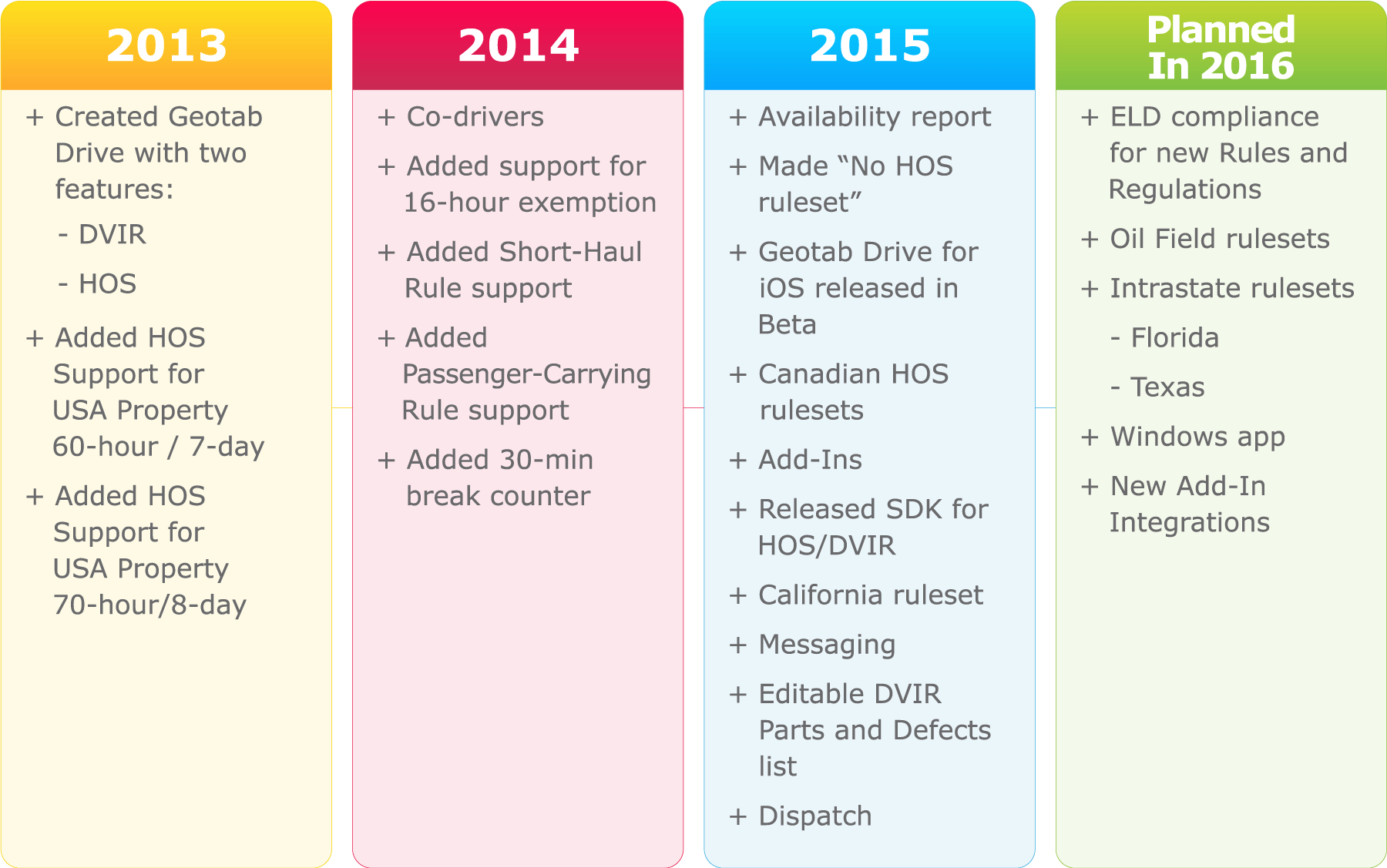
Conclusion
The newly released rule by the FMCSA sets out new regulations for the use of electronic logging devices (ELDs). This change will have many positive benefits for the transportation industry, including greater overall efficiency, compliance and safety. It is important for motor carriers who are affected to begin evaluating and selecting an ELD solution now so they can meet the deadline for FMCSA compliance and start taking advantage of the time and cost savings related to ELDs.
We want to hear from you
Email testdrive@geotab.com if you have any questions or comments about ELDs and the new regulations.
Reach out to us on Twitter using @GEOTAB and the hashtag #ELD. Visit our blog at www.geotab.com/blog for the latest insights on the HOS compliance and fleet management. You can also connect with Geotab on Facebook, LinkedIn, and YouTube.
Appendix 1: Electronic Logging History
FMCSA: Legislation timeline
1988
Motor carriers began to use automated HOS recording devices in the mid-1980s to replace paper records. The Federal Highway Administration, the agency at that time responsible for motor carrier safety regulations, published a final rule in 1988 that defined AOBRDs and set forth performance standards for their use: September 30, 1988.[5]
2010
On April 5, 2010, FMCSA published a final rule entitled “Electronic On-Board Recorders for Hours-of-Service Compliance” (EOBRs). Among other changes, the April 2010 final rule:
Prescribed new performance standards for EOBRs installed in commercial motor vehicles (CMVs) manufactured on or after June 4, 2012;
- Provided for the issuance of remedial directives to carriers that demonstrated noncompliance with Hours of Service rules at a prescribed level during the course of compliance reviews, requiring such carriers to use EOBRs for a 2-year period;
- Altered the Agency’s safety fitness standard to take into account issuance of a remedial directive when determining a carrier’s fitness; and
- Modified supporting document requirements and compliance review procedures for those carriers that voluntarily chose to use EOBRs.
The final rule took effect on June 4, 2010.[6]
2012
On May 14, 2012, the FMCSA formally rescinded its final rule requiring EOBR devices that was published on April 5, 2010, and amended September 13, 2010.
In a formal notice published in the Federal Register , the FMCSA wrote: “This action responds to a decision of the Court of Appeals for the Seventh Circuit that vacated the April 2010 final rule.”[7]
The FMCSA further noted, “The court found that FMCSA’s failure to address the issue of harassment as part of the rulemaking—a factor the agency was required to address under 49 U.S.C. 31137(a)— rendered the rulemaking arbitrary and capricious. Although the court’s opinion focused on the remedial directive for carriers that demonstrated noncompliance with hours of service rules, the court vacated the entire rule.”[7]
2014
On March 12, 2014, the FMCSA published a Supplemental Notice of Proposed Rulemaking (SNPRM) to mandate electronic logging devices.[7] The development of the Electronic Logging Device mandate was part of the transportation reauthorization bill MAP-21 (Moving Ahead for Progress in the 21st Century) signed in 2012.[7] The FMCSA published a formal proposal: Supplemental Notice of Proposed Rulemaking (SNPRM) on March 28, 2014, and asked for the public to make comments and suggestions. The comment period ended on June 26, 2014.[7]
2015
The White House Office of Management and Budget (OMB) received the rules from the Federal Motor Carrier Safety Administration on July 30 — the last step before official publication.[7]
FMCSA released the ELD mandate on December 10, 2015.
Appendix 2: Comparison of Functions & Features Defined By Rulings
1988 AOBRD rule[3]
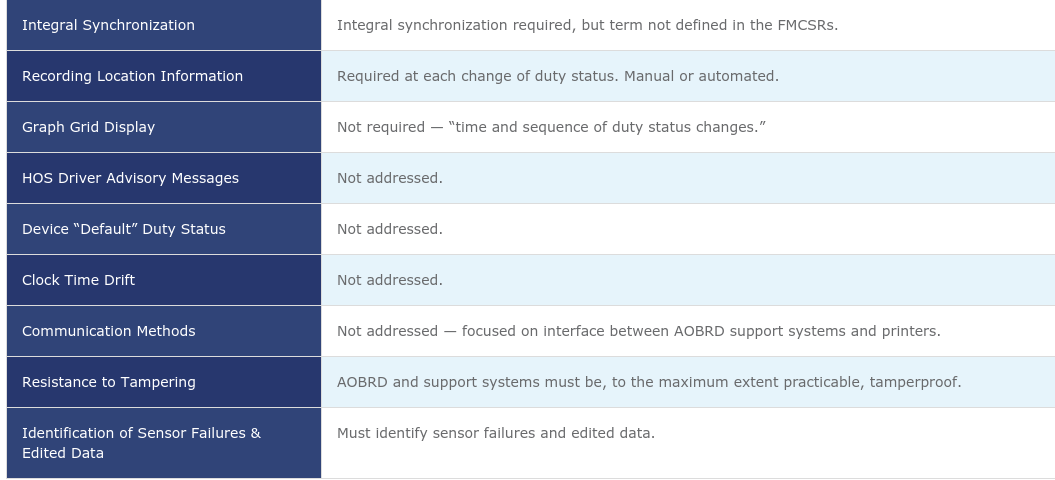
2010 EOBR rule[3]
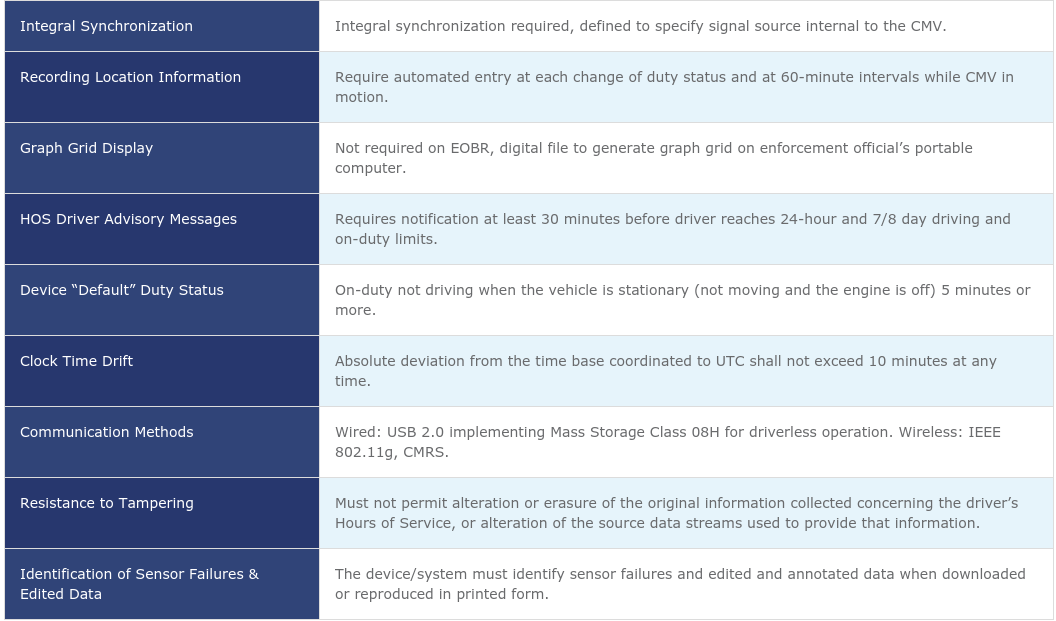
2015 ELD mandate[9]
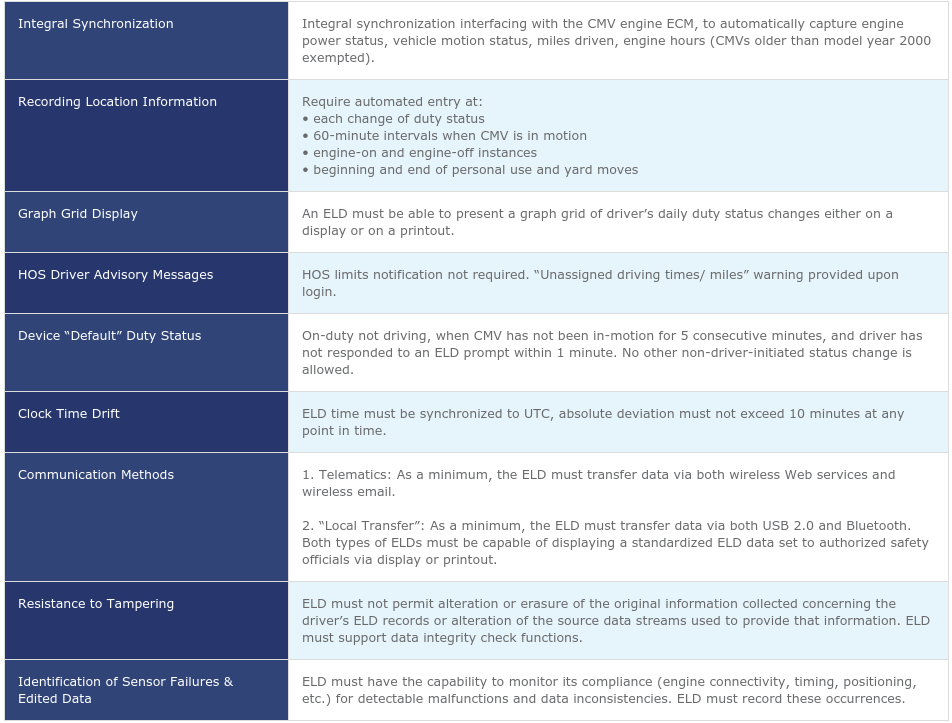
References
1. NARA, “Electronic Logging Devices and Hours of Service Supporting Documents (MAP-21),” Federal
Register, Sept 2015, https://www.federalregister.gov/documents/2015/12/16/2015-31336/electronic-logging-devices-and-hours-of-service-supporting-documents
2. FMCSA, Part 390 - FEDERAL MOTOR CARRIER SAFETY REGULATIONS; GENERAL. § 390.5:
Definitions, https://www.fmcsa.dot.gov/regulations/title49/section/390.5.
3. FMCSA, “Electronic Logging Devices and Hours of Services Supporting Documents; Proposed Rule.”
Federal Register, 79[60]. pp. 17667, Mar. 28, 2014,
http://www.gpo.gov/fdsys/pkg/FR-2014-03-28/pdf/2014-05827.pdf.
4. FMCSA, “Electronic Logging Devices and Hours of Service Support Documents; Final Rule,” Dec. 16,
2015,
https://www.fmcsa.dot.gov/sites/fmcsa.dot.gov/files/docs/FMCSA-ELD-Final-Rule_12-10-2015.pdf.
5. FMCSA, “Hours of Service for Drivers: Regulatory Guidance Concerning the Editing of Automatic On-
Board Recording Device Information,” Apr. 2012,
http://www.regulations.gov/#!documentDetail;D=FMCSA-2013-0161-0039.
6. FMCSA, “Electronic Logging Devices of Service Supporting Documents: FMCSA-2010-0167,” May
2014, http://www.regulations.gov/#!documentDetail;D=FMCSA-2010-0167-0485.
7. “Electronic On-Board Recorders for Hours-of-Service Compliance; Removal of Final Rule Vacated by Court,”
Federal Register, May 2012, https://federalregister.gov/a/2012-11437.
8. FMCSA, “Implementation Timeline,” Dec. 16, 2015,
https://www.fmcsa.dot.gov/hours-service/elds/implementation-timeline.
9. FMCSA, “Electronic Logging Devices and Hours of Service Support Documents; Final Rule,” Dec. 16,
2015, https://www.gpo.gov/fdsys/pkg/FR-2015-12-16/pdf/2015-31336.pdf.
10. FMCSA, “ELD Checklist for Carriers,” Dec. 16, 2015,
https://www.fmcsa.dot.gov/hours-service/elds/eld-checklist-carriers.
11. FMCSA, “Electronic Logging Devices to be Required Across Commercial Truck and Bus Industries,”
Dec. 10, 2015, https://www.fmcsa.dot.gov/newsroom/electronic-logging-devices-be-required-across-commercial-truck-and-bus-industries
Post Tags
About Geotab
Geotab is a global leader in connected vehicle and asset solutions, empowering fleet efficiency and management. We leverage advanced data analytics and AI to transform fleet performance, safety, and sustainability, reducing cost and driving efficiency. Backed by top data scientists and engineers, we serve over 55,000 global customers, processing 80 billion data points daily from more than 4.7 million vehicle subscriptions. Geotab is trusted by Fortune 500 organizations, mid-sized fleets, and the largest public sector fleets in the world, including the US Federal Government. Committed to data security and privacy, we hold FIPS 140-3 and FedRAMP authorizations. Our open platform, ecosystem of outstanding partners, and Marketplace deliver hundreds of fleet-ready third-party solutions. This year, we're celebrating 25 years of innovation. Learn more at www.geotab.com and follow us on LinkedIn or visit Geotab News and Views.
© 2025 Geotab Inc.All Rights Reserved.
This white paper is intended to provide information and encourage discussion on topics of interest to the telematics community. Geotab is not providing technical, professional or legal advice through this white paper. While every effort has been made to ensure that the information in this white paper is timely and accurate, errors and omissions may occur, and the information presented here may become out-of-date with the passage of time.
Recent News
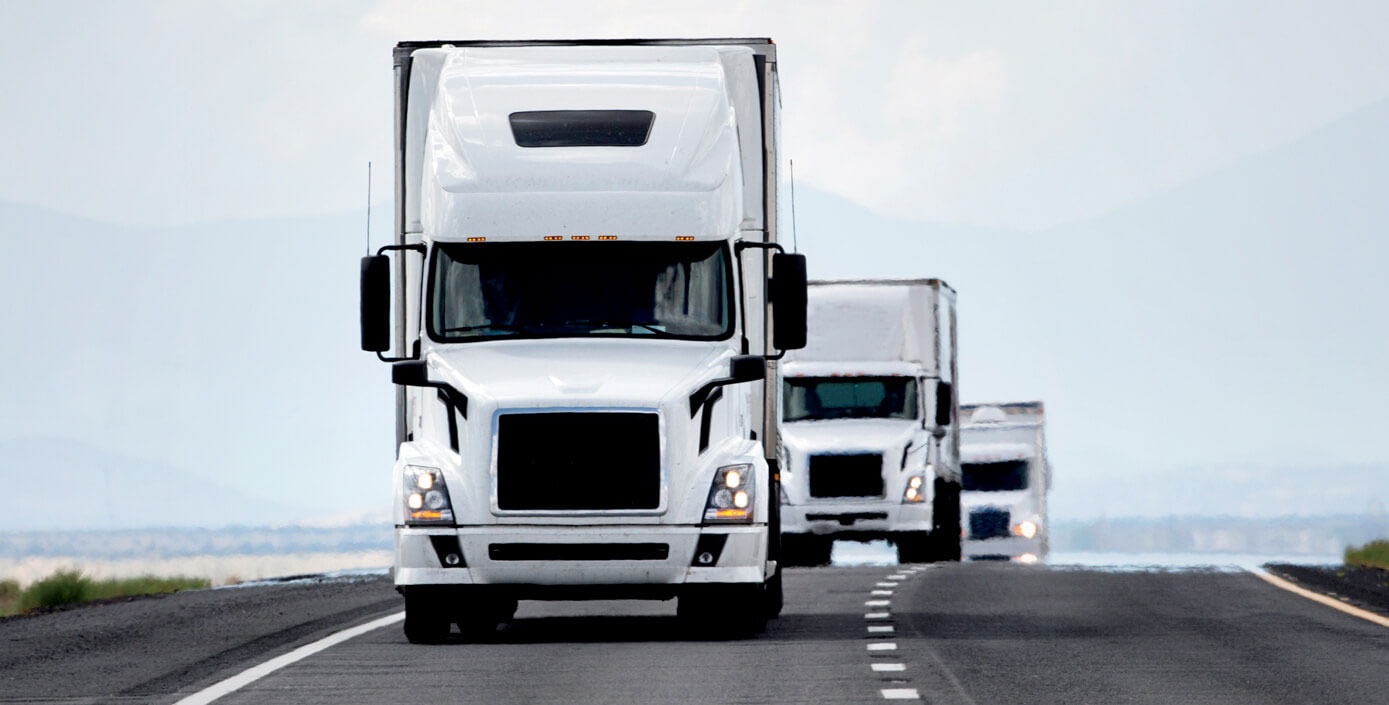
AOBRD vs ELD: What's the Difference?
June 18, 2024

When is the right time to switch out your ELD?
June 29, 2022
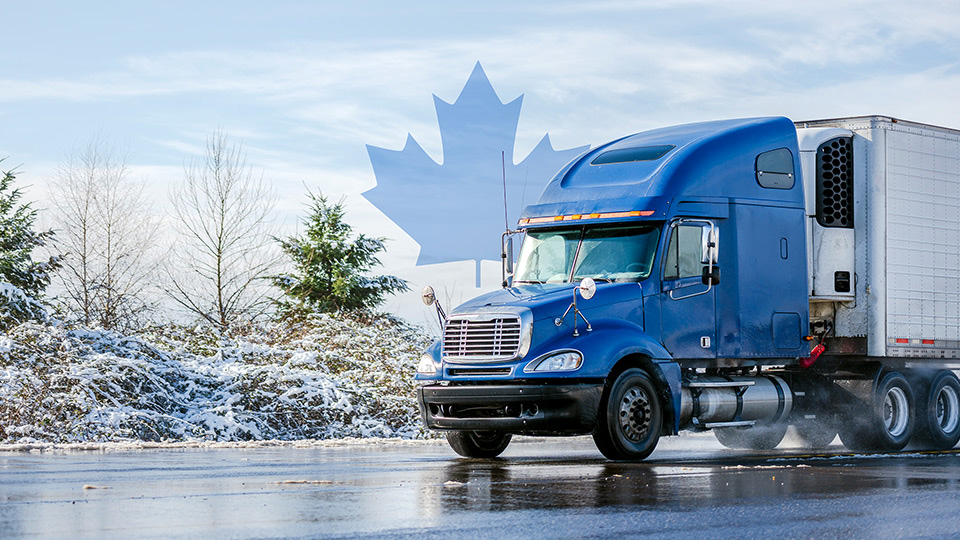
Your comprehensive guide to the Canadian ELD mandate
May 16, 2022
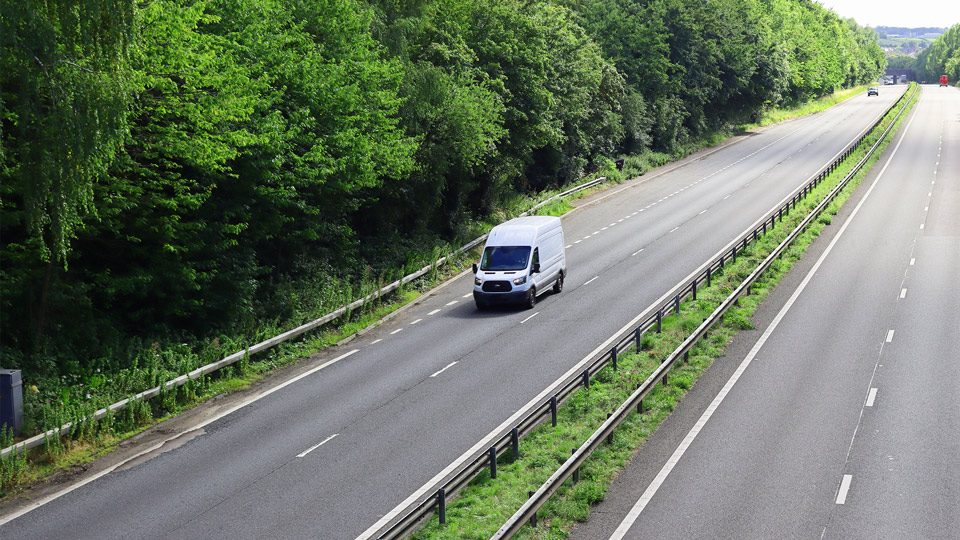
Combating rising fuel prices with fuel performance incentives
April 28, 2022